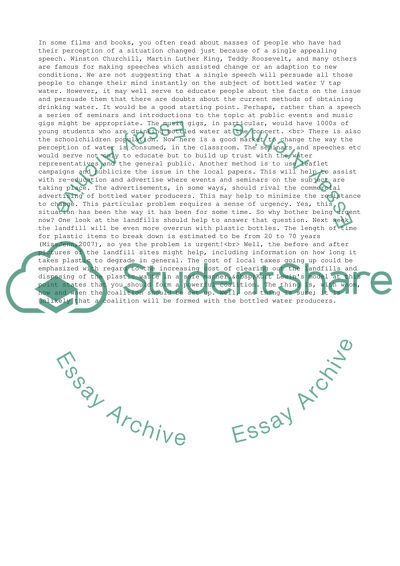Cite this document
(“Managing Organizational Change Case Study Example | Topics and Well Written Essays - 2000 words”, n.d.)
Retrieved from https://studentshare.org/business/1518728-managing-organizational-change
Retrieved from https://studentshare.org/business/1518728-managing-organizational-change
(Managing Organizational Change Case Study Example | Topics and Well Written Essays - 2000 Words)
https://studentshare.org/business/1518728-managing-organizational-change.
https://studentshare.org/business/1518728-managing-organizational-change.
“Managing Organizational Change Case Study Example | Topics and Well Written Essays - 2000 Words”, n.d. https://studentshare.org/business/1518728-managing-organizational-change.


